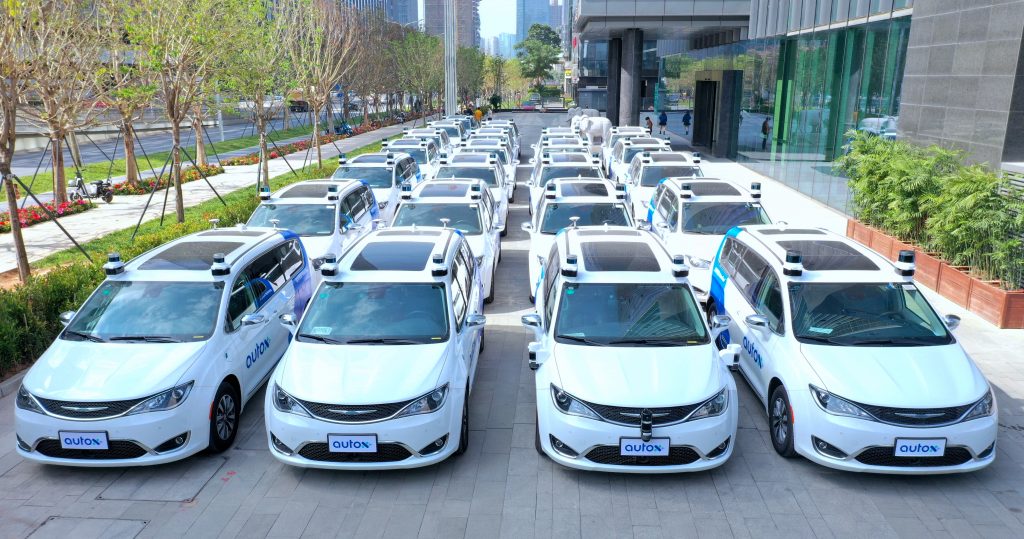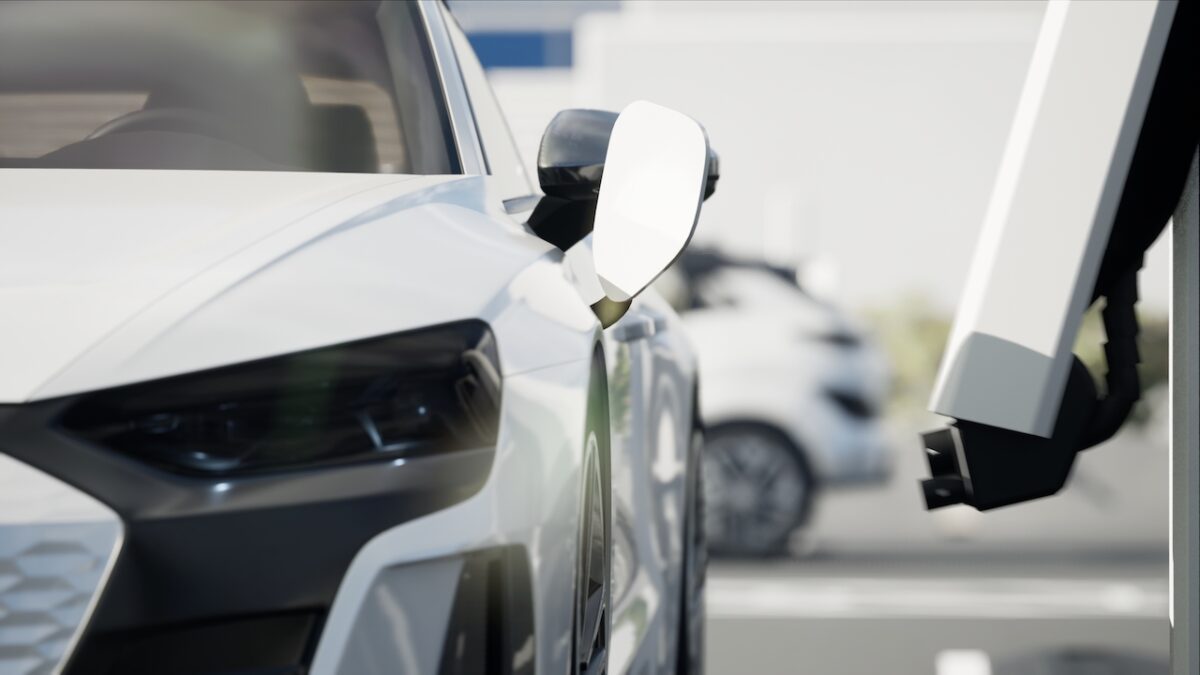With several Level 3 autonomous cars taking to the road in the last few years, Level 4 autonomy must surely be just around that next bend. And while it’s certainly a matter of ‘when’ not ‘if’, there remains much work to do as the industry, legislators and consumer gear-up for what Level 4 really means.
Where Level 3 is about cars that can drive with conditional automation (for example the vehicle can perform most driving tasks, but the driver retains full responsibility and human override is still required), Level 4 ‘high automotive automation’ steps things up a notch and requires very little human interaction—stirring as much caution as it does excitement for the future of mobility. There’s a lot to unpack.
The path of technology
The industry has reached a pivotal point in the development of autonomous vehicles as OEMs work on both Level 3 and Level 4 autonomy. With Level 3 vehicles, it can be unclear when the human is required to act as a driver or passenger but get to Level 4 and there are fewer blurred lines. In specific circumstances these vehicles will not require any human interaction to complete a journey—albeit within set safety parameters around things like weather conditions and routes.
Level 3 autonomy is already here, it’s possible and proven—there is some way to go before we can move to Level 4 and it’s not just about the tech. With greater autonomy comes even higher requirements for safety, legislation and new geofencing infrastructure.

Safety always the top priority
Although Level 4 autonomy promises a reduction in incidents and collisions from ‘human error’, building trust among consumers in the ability of automated vehicles to ‘drive safe’ will take time. And we would be wise to face into the amount of investment that will be needed to prove autonomy is safe. There’s a good chance the industry will see greater investment in safety campaigns, long after the technology is proven and available to the market. This could lead to greater collaboration as OEMs will have a valuable opportunity to pool data, building a repository from which the industry can learn and deliver continuous improvement benefits for all.
Then there’s the added complexity of cyber security and the potential for attacks to compromise the safety of automated vehicles. As connectivity and information sharing is fundamental to autonomous driving, automated vehicles are likely to be the target of attacks once they start to become commonplace on the roads. Earlier this year, the Automotive Cyber Regulations UNECE WP.29 / ISO/SAE 21434 were adopted by the EU and are now mandatory for all vehicles to protect drivers and vehicles from cyber security threats, but its implementation is complex, and the industry has much to do to apply its standards to Level 4 autonomous vehicles. Legislators and OEMs need to work together to ensure safety remains at the heart of all that takes place in this space, with regulations driving standards, and improvements in standards leading to new ways to legislate and protect passengers and the public.
Build it and they will come
The third problem to solve is infrastructure. The technology needed to upgrade a country’s road network to accommodate Level 4 autonomy has yet to be fully scoped. We can expect it to require significant investment by both the industry and governments, with a requirement to create new standards, approaches and legislation that meet the differing needs of specific countries.
The twin priorities of modern mobility are undoubtedly achieving autonomy and delivering Net Zero
And not only will autonomy require a rethink around transport planning in both urban and rural areas, due to connectivity requirements it also means rigorous testing of autonomy in the cloud, shifting network requirements and new security providers entering the market.
Sustaining sustainability
The twin priorities of modern mobility are undoubtedly achieving autonomy and delivering Net Zero. And autonomy needs to be handled carefully to ensure it boosts the journey to Net Zero instead of pumping the brakes.
Autonomy is likely to see a reduction in congestion and erratic or non-efficient driving styles, leading to a reduction in energy use. However, it’s also speculated that it could lead to an increase in the overall number of miles travelled, due to new classes of drivers on the road and people moving further away from places of work when they don’t have to ‘do the driving’. To mitigate, ride-sharing or car-sharing is also seen as part of the new mobility economy and something that will need to be factored into thinking by OEMs in terms of the models they develop and the infrastructure that supports and enables people to get about in completely new ways.
We will achieve Level 4 autonomy. However, many stars must align for autonomy to reach its full potential, from solving safety puzzles with advanced technology to investing in geofencing infrastructure all while balancing the demands of legislators and contributing to the push towards Net Zero. It’s going to be a complex path, but one that will reveal exciting innovations and a new world of clean, safe mobility.
About the author: Steve McEvoy is Vice President – Automotive at Expleo




